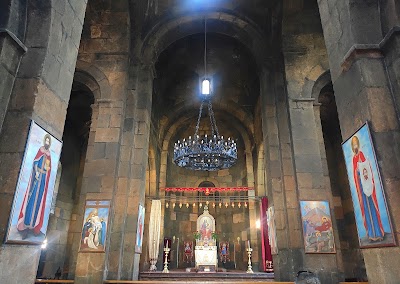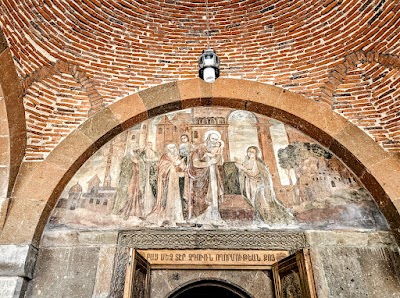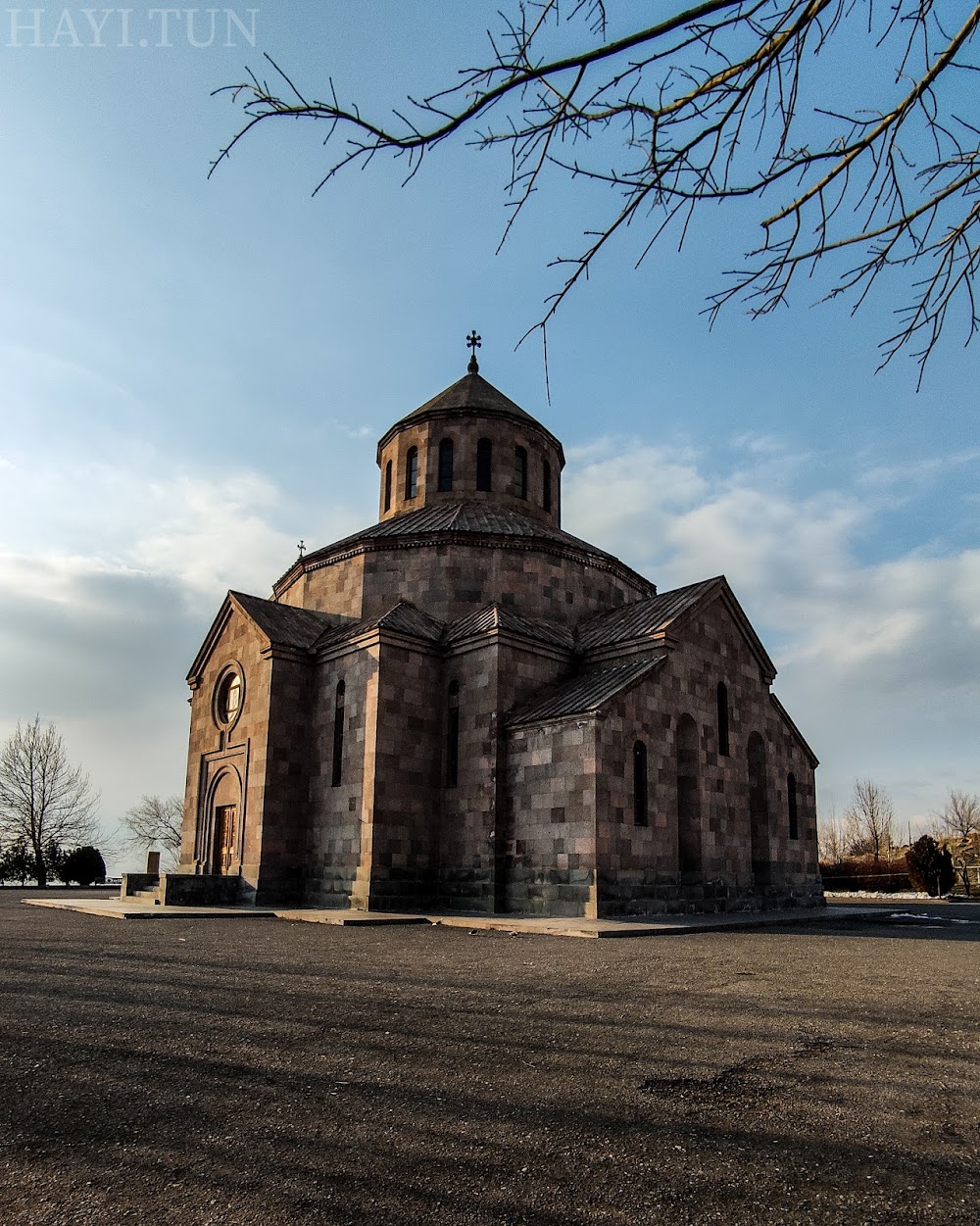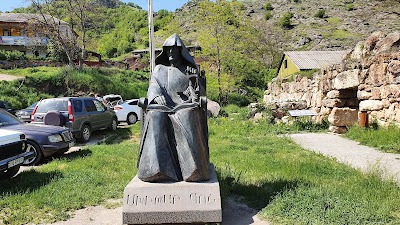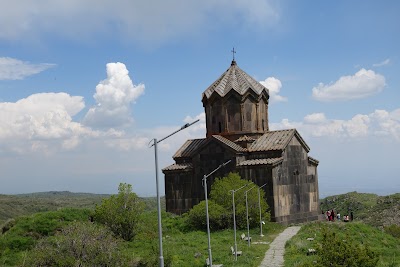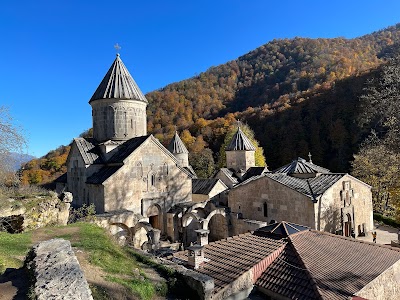Saint Gayane Church (Սուրբ Գայանե եկեղեցի)
Overview
Located in the picturesque Armavir Region of Armenia, Saint Gayane Church is a true gem of early Christian architecture and a testament to Armenia’s rich religious heritage. This 7th-century sanctuary, often overshadowed by its more famous counterpart, the Etchmiadzin Cathedral, remains a vital pilgrimage site, attracting both spiritual seekers and history enthusiasts from around the globe.
The origins of Saint Gayane Church are steeped in legend and history. Founded in 630 AD by Catholicos Ezra during the reign of Byzantine Emperor Heraclius, the church was built over the martyrium of Saint Gayane, an abbess who fled Rome with her companions. According to tradition, Saint Gayane was martyred for her Christian faith by the pagan Armenian King Trdat III, who later converted to Christianity. This poignant history is beautifully encapsulated within the austere yet majestic stone walls of the church.
Architecturally, Saint Gayane Church is designed as a three-nave basilica, a common style in early medieval Armenian worship. The exterior is simple yet elegant, constructed from local tuff stone, highlighted by a prominent dome at its center. Upon entering, visitors are greeted by an airy, spacious interior, where natural light pours in through high windows. The walls are adorned with finely carved stone crosses and inscriptions, creating an atmosphere of sacred tranquility.
One of the standout features of the church is its stunning frescoes and intricately designed altars, which have been meticulously preserved over the centuries. The main altar is particularly noteworthy for its ancient iconography, depicting scenes from the life of Saint Gayane and other saints. These artistic treasures offer a glimpse into the ecclesiastical art and spiritual narratives cherished by the Armenian Apostolic Church.
Saint Gayane Church holds immense significance not only as a place of worship but also as a symbol of Armenia’s resilience and enduring faith. It stands as a testament to the early adoption of Christianity in Armenia, the first nation to embrace Christianity as a state religion in 301 AD. Despite surviving numerous invasions, earthquakes, and political upheavals, the church continues to serve as a beacon of spiritual and cultural continuity.
An interesting fact about Saint Gayane Church is its inclusion on the UNESCO World Heritage list. Along with other ancient edifices in the Vagharshapat area, such as the Etchmiadzin Cathedral and the Church of Saint Hripsime, it has been recognized for its outstanding value to humanity. This designation not only underscores its historical and cultural significance but also ensures its preservation for future generations.
When visiting Saint Gayane Church, tourists often take the opportunity to explore the serene churchyard, adorned with lush greenery and ancient khachkars (cross-stones), which are quintessential features of Armenian Christian art. These intricately carved stones are scattered throughout Armenia, reflecting the artistry and deep piety of the Armenian people.
Visitors are encouraged to experience one of the many religious festivals or services held throughout the year. Witnessing the deeply rooted traditions and rituals, complete with choral hymns and incense, can be a profoundly moving experience. The church’s role as an active place of worship means it is more than just a historical monument; it is a living, breathing part of Armenia’s spiritual landscape.
In conclusion, Saint Gayane Church is not merely a magnificent architectural achievement but also a hallowed ground that narrates the story of Armenia’s enduring faith and rich history. For any foreign tourist, a visit to this sacred site offers an unforgettable journey into the heart of Armenia’s cultural and spiritual heritage. Whether you are an avid history buff, a devout pilgrim, or a curious traveler, Saint Gayane Church promises a uniquely enriching experience that transcends time and space.


